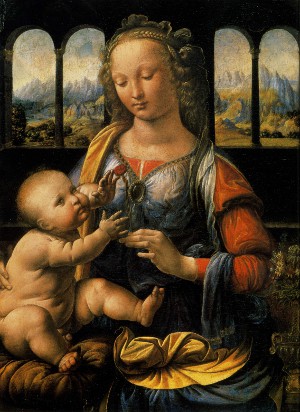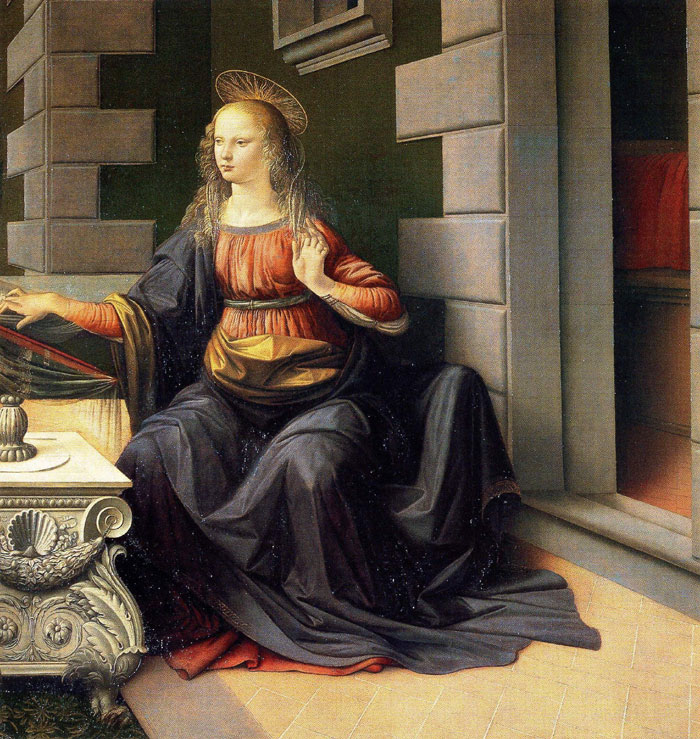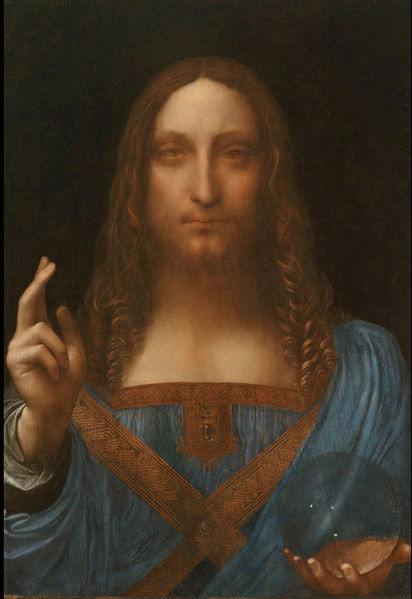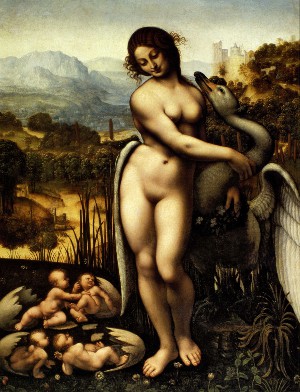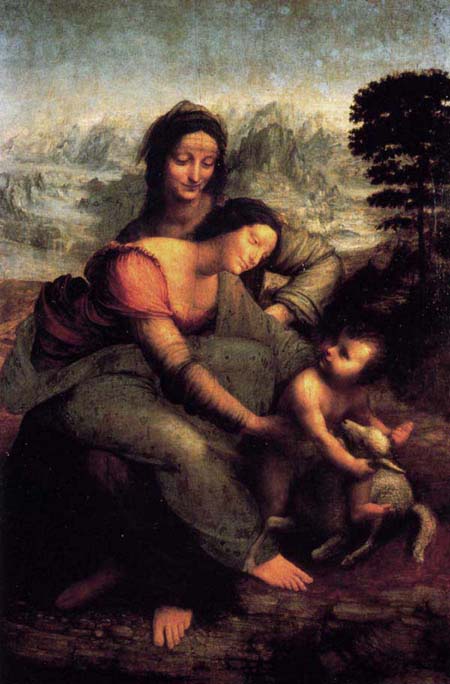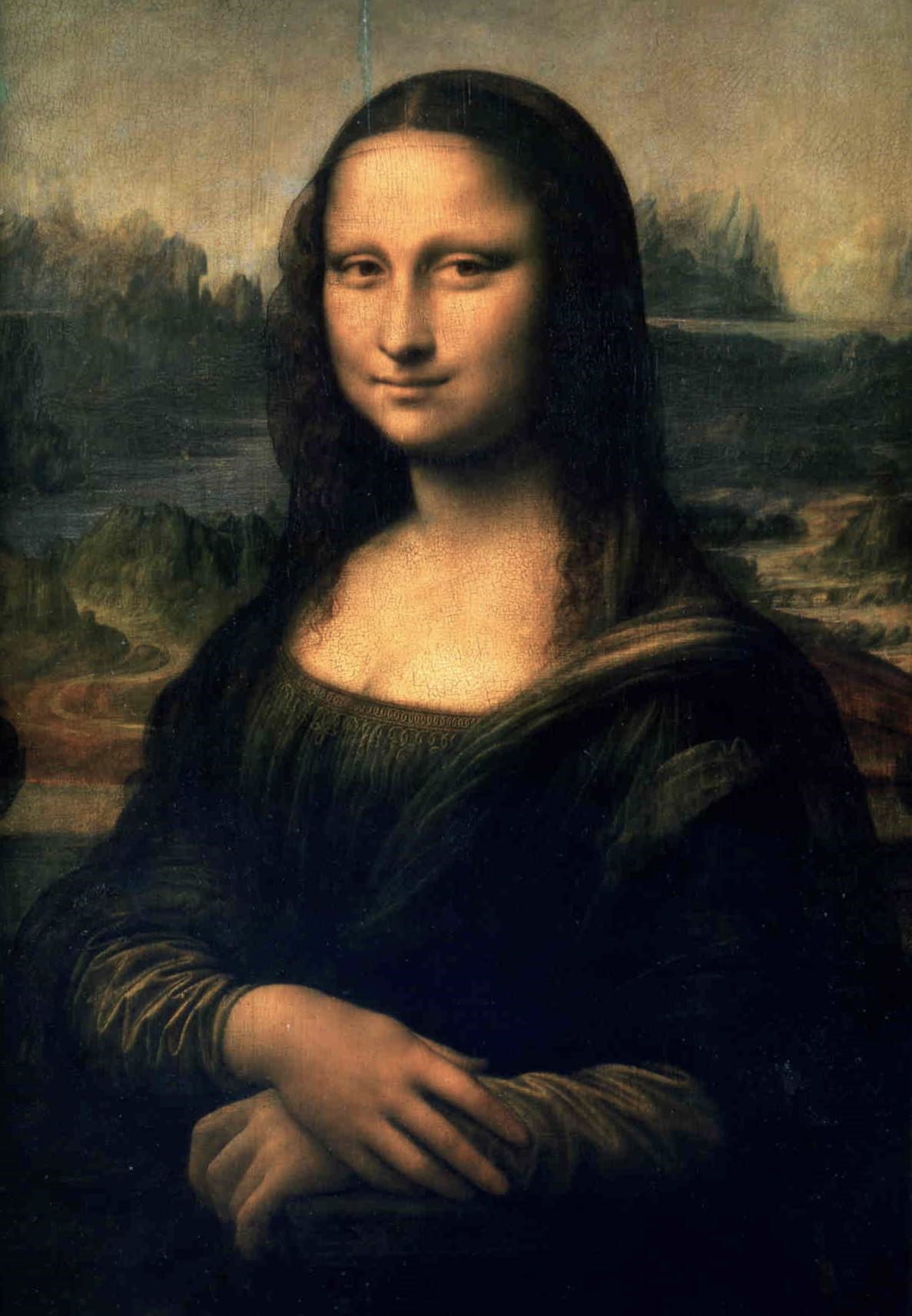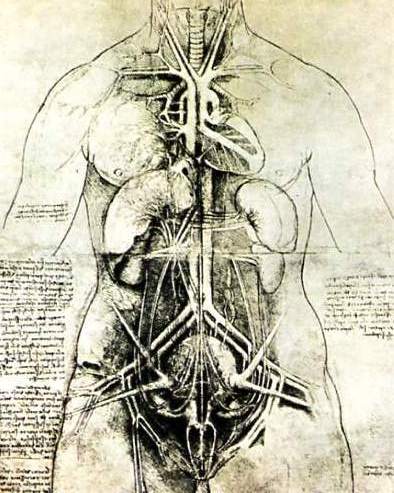Leonardo da Vinci Paintings.
The renaissance artist's finest works?
To look at Leonardo’s paintings in the context of his life requires a full chronological index of the major events that shaped the great artist’s work. Da Vinci has bequeathed a volume of work, much of this is unfinished or disputed or painted in collaboration with members of his workshop and others. The shifting sands of attribution concerning some of Leonardo’s work still creates debate among art historians, a debate which continues to ebb and flow as further snippets of scientific evidence are uncovered.
Individual
historians point to various pieces of this evidence to build a case
on the probability of a work being either by Leonardo or one of his followers
or a collaboration between artists. I have indicated which paintings are
accepted as genuine Da Vinci’s in addition to the works that are disputed.
1452. Leonardo da Vinci is born on 15th April.
1469. The artist is apprenticed to Andrea del Verrocchio.
1470/2. The Baptism of Christ by Verrocchio and Leonardo.
1472. The Madonna of the Carnation. (Accepted) (Leonardo enters the San Luca guild of painters)
1473/5. The Annunciation. (Accepted)
1476. The artist is anonymously accused of homosexual practices.
1478/80 Benois Madonna. Ginevra de’ Benci. (Both accepted)
1482. Leonardo moves from Florence to Milan, he works as an engineer, sculptor, and painter to Ludovico Sforza.
1480/82. St Jerome. (Accepted)
1481/82 Adoration of the Magi. (Accepted)
1483/85. The Virgin of the Rocks (Louvre version) (accepted)
1485. The Musician. (Generally accepted)
1487/1488. Leonardo works on a commission for an equestrian statue of Francesco Sforza. (Not completed)
1489/90. Lady with an Ermine. (Accepted)
1490. Madonna Litta. (A collaboration between Leonardo and others)
1490/95. La Belle Ferroniere. (Accepted,)
1495/99/1507/8. The Virgin of the Rocks (National Gallery London version) (Accepted with possible collaboration by other artists)
1495/97. The Last Supper. (Accepted)
1499. Leonardo leaves Milan travelling to Mantua and Venice.
1499/1500. He creates a cartoon portrait of Isabella d’ Este in Mantua (accepted) but does not appear to have completed any works in Venice.
1500. Da Vinci returns to Florence.
1499/1500. Virgin and Child with St Anne and St John. (Accepted)
1500/or later. Salvator Mundi (Generally accepted)
1501/07 Madonna of the Yarnwinder. (A subject of debate, by Leonardo’s workshop with some of the painting completed by the master himself)
1502. Leonardo works as a military engineer for the notorious Cesare Borgia.
1502/? Mona Lisa. (Accepted)
1504/1506. The Battle of Anghiari. (Lost)
1506/13. Virgin and Child with St Anne. (Accepted)
1506/15. Leda and the Swan. (Lost, several copies exist following Leonardo’s design)
1506. Leonardo is back in Milan now governed by the French.
1513/1516. St John the Baptist. (Generally accepted)
1513. On the death of Leonardo’s patron Charles d’ Ambroise the artist travels to Rome with his new patron Giuliano de’ Medici.
1514/15. Leonardo works on the draining of the Pontine marshes south of Rome.
1516. He accepts an invitation from King Francis I of France and moves to Cloux in France close to the Royal Castle of Ambroise.
1519. Leonardo da Vinci dies on 2 May and is buried in the Church of St. Florentine in Ambroise.
The Leonardo da Vinci paintings compliment his many drawings, a selection is available as Da Vinci Drawings, Anatomical Studies, and War Machines.
- Home
- Leonardo da Vinci
- Leonardo Da Vinci Paintings
